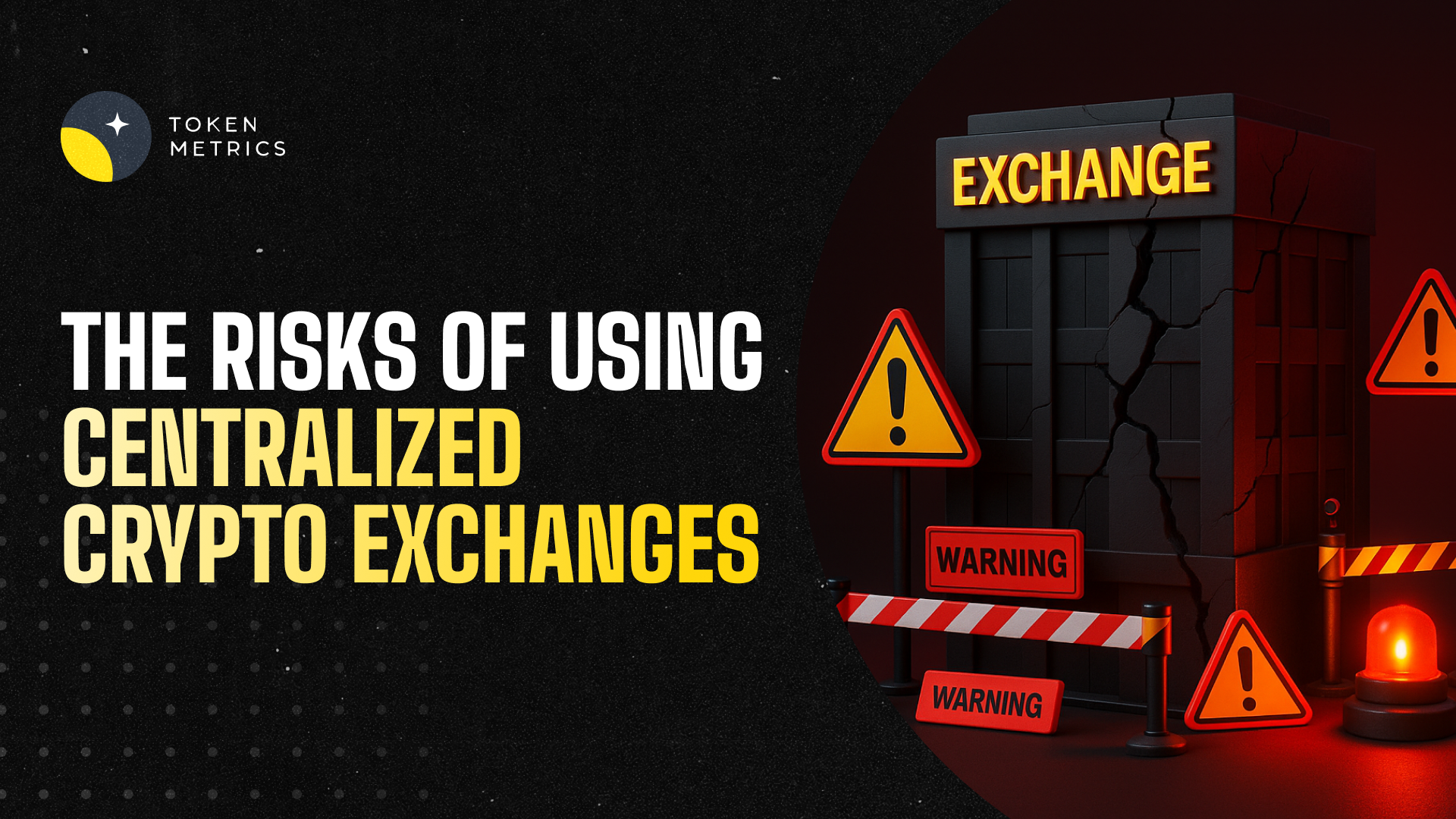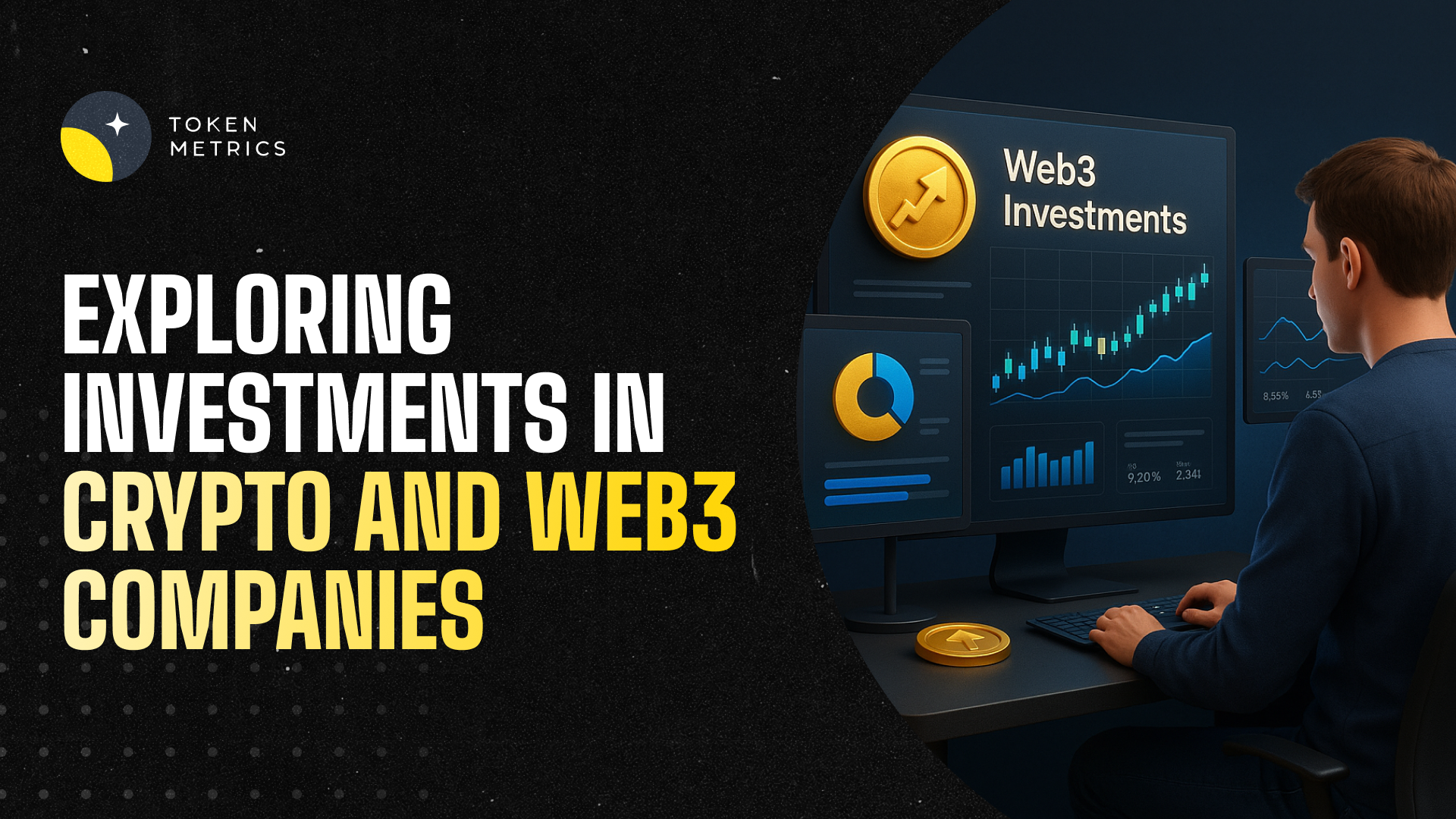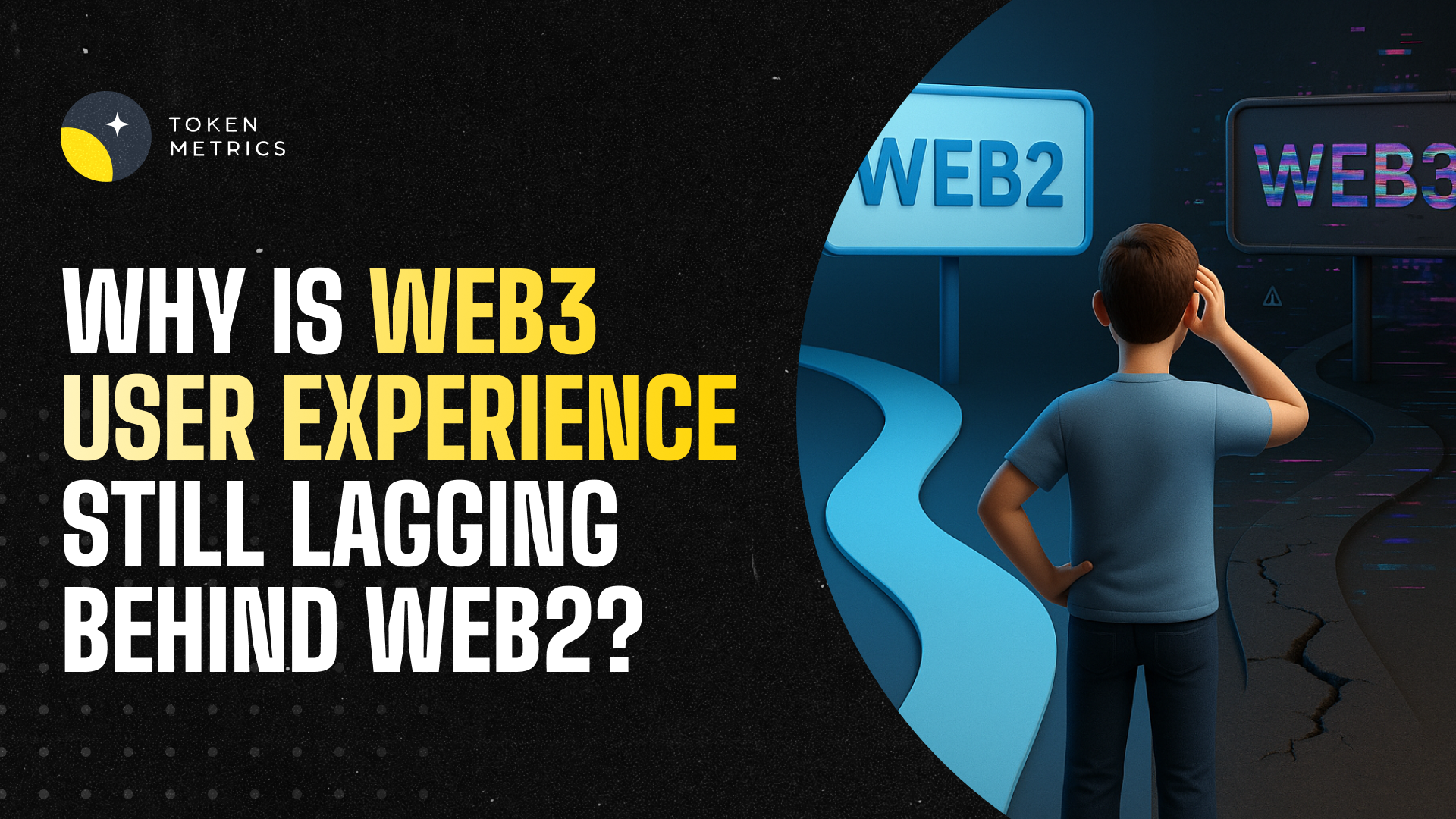
Understanding the Evolution and Impact of Web 3 Technology

Introduction to Web 3
The digital landscape is continually evolving, giving rise to a new paradigm known as Web 3. This iteration promises a shift towards decentralization, enhanced user control, and a more immersive internet experience. But what exactly is Web 3, and why is it considered a transformative phase of the internet? This article explores its fundamentals, technology, potential applications, and the tools available to understand this complex ecosystem.
Defining Web 3
Web 3, often referred to as the decentralized web, represents the next generation of internet technology that aims to move away from centralized platforms dominated by a few major organizations. Instead of relying on centralized servers, Web 3 utilizes blockchain technology and peer-to-peer networks to empower users and enable trustless interactions.
In essence, Web 3 decentralizes data ownership and governance, allowing users to control their information and digital assets without intermediaries. This marks a significant departure from Web 2.0, where data is predominantly managed by centralized corporations.
Key Technologies Behind Web 3
Several emerging technologies underpin the Web 3 movement, each playing a vital role in achieving its vision:
- Blockchain: A distributed ledger system ensuring transparency, security, and immutability of data. It replaces traditional centralized databases with decentralized networks.
- Decentralized Applications (dApps): Applications running on blockchain networks providing services without a central controlling entity.
- Smart Contracts: Self-executing contracts with coded rules, enabling automated and trustless transactions within the Web 3 ecosystem.
- Decentralized Finance (DeFi): Financial services built on blockchain, offering alternatives to traditional banking systems through peer-to-peer exchanges.
- Non-Fungible Tokens (NFTs): Unique digital assets representing ownership of items like art, music, or virtual real estate verified on a blockchain.
Together, these technologies provide a robust foundation for a more autonomous and transparent internet landscape.
Contrasting Web 3 With Web 2
Understanding Web 3 requires comparing it to its predecessor, Web 2:
- Data Control: Web 2 centralizes data with platform owners; Web 3 returns data ownership to users.
- Intermediaries: Web 2 relies heavily on intermediaries for operations; Web 3 enables direct interaction between users via decentralized protocols.
- Monetization Models: Web 2 monetizes mainly through targeted ads and user data; Web 3 offers new models such as token economies supported by blockchain.
- Identity: Web 2 uses centralized identity management; Web 3 incorporates decentralized identity solutions allowing greater privacy and user control.
This shift fosters a more user-centric, permissionless, and transparent internet experience.
Potential Applications of Web 3
Web 3's decentralized infrastructure unlocks numerous application possibilities across industries:
- Social Media: Platforms that return content ownership and revenue to creators rather than centralized corporations.
- Finance: Peer-to-peer lending, decentralized exchanges, and transparent financial services enabled by DeFi protocols.
- Gaming: Games featuring true asset ownership with NFTs and player-driven economies.
- Supply Chain Management: Immutable tracking of goods and provenance verification.
- Governance: Blockchain-based voting systems enhancing transparency and participation.
As Web 3 matures, the range of practical and innovative use cases is expected to expand further.
Challenges and Considerations
Despite its promise, Web 3 faces several hurdles that need attention:
- Scalability: Current blockchain networks can encounter performance bottlenecks limiting widespread adoption.
- User Experience: Interfaces and interactions in Web 3 must improve to match the seamlessness users expect from Web 2 platforms.
- Regulatory Environment: Legal clarity around decentralized networks and digital assets remains a work in progress globally.
- Security: While blockchain offers security benefits, smart contract vulnerabilities and user key management pose risks.
Addressing these challenges is crucial for realizing the full potential of Web 3.
How to Research Web 3 Opportunities
For individuals and organizations interested in understanding Web 3 developments, adopting a structured research approach is beneficial:
- Fundamental Understanding: Study blockchain technology principles and the differences between Web 2 and Web 3.
- Use Analytical Tools: Platforms like Token Metrics provide data-driven insights and ratings on Web 3 projects, helping to navigate the complex ecosystem.
- Follow Reputable Sources: Stay updated with academic papers, technical blogs, and industry news.
- Experiment with Applications: Engage hands-on with dApps and blockchain platforms to gain practical understanding.
- Evaluate Risks: Recognize technical, operational, and regulatory risks inherent to emerging Web 3 projects.
This approach supports informed analysis based on technology fundamentals rather than speculation.
The Role of AI in Web 3 Research
Artificial intelligence technologies complement Web 3 by enhancing research and analytical capabilities. AI-driven platforms can process vast amounts of blockchain data to identify patterns, assess project fundamentals, and forecast potential developments.
For example, Token Metrics integrates AI methodologies to provide insightful ratings and reports on various Web 3 projects and tokens. Such tools facilitate more comprehensive understanding for users navigating decentralized ecosystems.
Conclusion
Web 3 embodies a transformative vision for the internet—one that emphasizes decentralization, user empowerment, and innovative applications across multiple sectors. While challenges remain, its foundational technologies like blockchain and smart contracts hold substantial promise for reshaping digital interactions.
Continuing research and utilization of advanced analytical tools like Token Metrics can help individuals and organizations grasp Web 3’s evolving landscape with clarity and rigor.
Disclaimer
This article is for educational and informational purposes only and does not constitute financial, investment, or legal advice. Readers should conduct their own research and consult with professional advisors before making any decisions related to Web 3 technologies or digital assets.

.svg)

Create Your Free Token Metrics Account

.png)




%201.svg)
%201.svg)


%201.svg)









.svg)




.png)